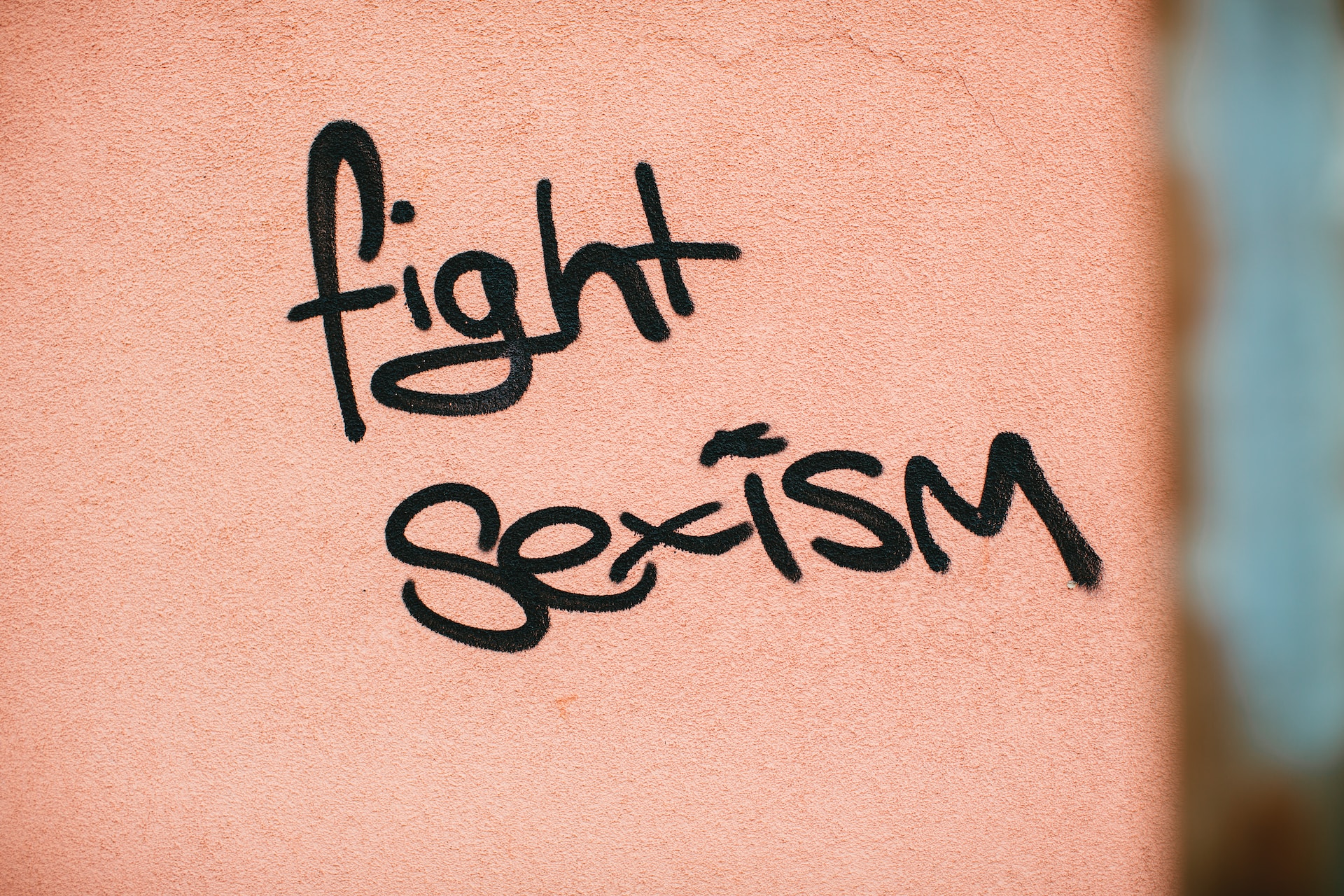
Boys behaving badly
25 August, 2023
Whose responsibility is it to address misogyny? The “Say ‘Maaaate’ to your mate” campaign, launched by the Mayor of London, suggests that peer pressure – typically understood as encouraging people towards more risky or antisocial behaviours, but in this case actually encouraging positive behaviours – can play a part. And while there is much to unpack about the campaign (see below), the role of peer pressure in changing social norms is something the campaign gets right.
Starting with the person, not the issue, can be a powerful leverage of change. This is what we do through our behaviour change campaign, SKY Girls. Teenage girls are aware that tobacco is bad for their health. But in the heat of the moment, they struggle to refuse tobacco products being offered by their peers. The moment when people decide how to respond to a situation can last for just a few seconds, but it is crucial. Providing refusal skills and expressions to use in advance has proven a very efficient way to influence this and, ultimately, to change attitudes on the long term. So has emphasising the message around “being true to yourself” – including speaking up and telling your friends when you disagree with their behaviour.
“Say ‘Maaaate’ to your mate” tries to do that, building on last year’s compelling Have a Word campaign. “Have a Word” worked because it framed the incident (a young woman at a bus stop late at night who is hassled by a group of young men) through the eyes of the scared young woman, showing the impact it had on her, and because it showed how a short, non-confrontational intervention from one of the group was enough to shut down the behaviour. It nudged people towards speaking up; most people understand exactly what constitutes inappropriate behaviour, but don’t necessarily feel comfortable calling it out in group situations. Seeking to normalise interventions and speaking up is an important part of changing behaviour.
“Say ‘Maaaate’ to your mate” isn’t as compelling. A group of lads are gaming while one makes increasingly misogynistic and unpleasant comments, unchallenged by the group. You, the viewer, are encouraged to click the “Say maaaate” button on the screen to intervene, and if you fail to do so, you’ll be called out at the end for being complicit. It’s awkward, long and doesn’t feel believable – why are these people hanging around with someone so unpleasant? We don’t see the impact on the people the behaviour affects and nor do we get the “aha” moment, when the intervention takes place. There’s no positive behaviour modelled that can then be emulated, and while it’s meant to be interactive, it’s not actually very well executed.
Creative challenges aside, the central premise – that you can change the behaviour of people around you – is strong. Encouraging the silent but well-intentioned majority to find their voice is a powerful way of creating change across different social and environmental issues. “Behavioural contagion” works in both directions, and for anyone grappling with how to change behaviour in a positive way, peers and role models can play an extremely important part in creating that change, given the right encouragement.
By Flora Gicquel
 Back to all friday 5
Back to all friday 5